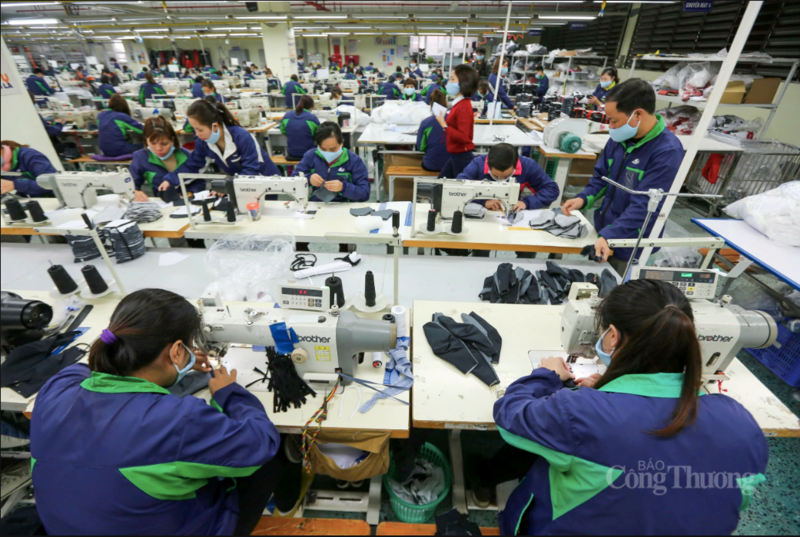
When sustainability is no longer optional for Vietnam’s textile firms
19:05 | 23/03/2025 11:18 | 17/12/2025Trade
Creating favorable conditions for SI enterprises
Speaking at the seminar Domestic Supply Chains: Accelerating Connections – Seizing New Opportunities, held by the Hanoi Department of Industry and Trade on September 19 within the framework of the Hanoi Supporting Industry Fair 2025 (September 17-19), Nguyen Manh Linh, Deputy Head of the Industrial Research Division under the Institute of Industry and Trade Strategy and Policy Research, emphasized that Vietnam had pursued SI development early on.
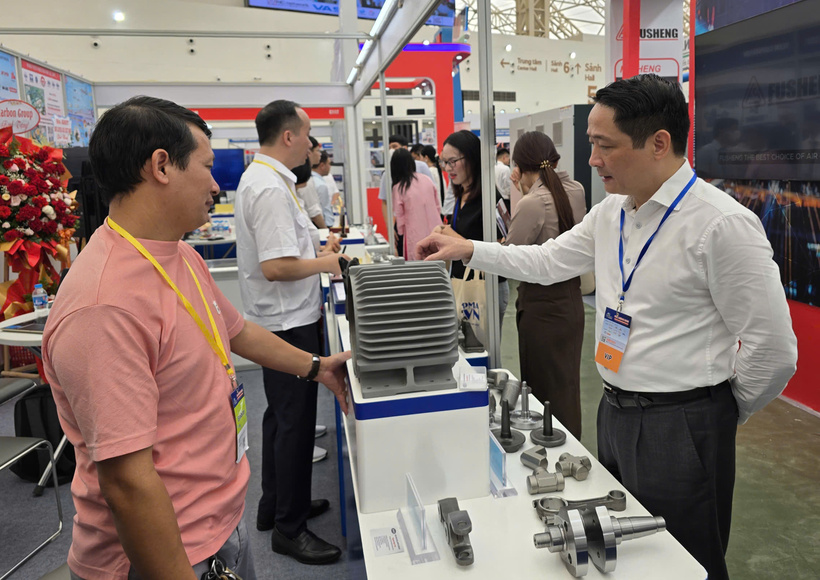
An exhibition booth at the Hanoi Supporting Industry Fair 2025.
Previously, the Government issued Decision 34/2007 on SI development planning for 2010-2020; Decision 908 of the MoIT approved SI development planning until 2020, with a vision to 2030. With the enactment of the Planning Law, the Government adopted Resolution 115 on solutions to promote SI, setting targets that by 2030 domestic demand will be met by 70%, SI will account for 14% of industrial output, and around 2,000 enterprises will be competitive enough to join the supply chains of multinational corporations in Vietnam.
Other key policy documents, such as Resolution 29 on industrialization and modernization or Decision 2015 on the restructuring of industry and trade, reaffirmed this orientation.
On incentives, the Government issued Decision 12/2011 and guiding documents, followed by Decree 111/2015 on SI development, which provided a legal framework and preferences for enterprises.
On July 17, 2025, Decree 25 was promulgated, amending and supplementing Decree 111 with notable updates, broadening the definition of SI enterprises; clarifying SI development activities; strengthening support for technology transfer, testing, and certification; and upgrading infrastructure, particularly industrial support centers in Hanoi and Ho Chi Minh City.
One remarkable point in Decree 25 is the decentralization mechanism for SI certification, provincial-level People’s Committees are authorized to grant certificates for small and medium enterprises, while the MoIT appraises large enterprises. The Decree also supplements the list of prioritized SI products.
The Government’s SI program, initiated with Decision 1556 on assisting SMEs in SI, was upgraded to Decision 68 for the 2016-2025 SI development program. In 2024, Decision 71 amended Decision 68 to maintain and expand support policies. The current program focuses on five key areas and encourages provinces and cities to design their own SI programs or integrate them into SME development plans. In fact, many localities such as Hanoi, Bac Ninh, and Vinh Phuc have launched specific schemes, producing positive outcomes.
SI enterprises need to accelerate
To date, Vietnam counts around 2,000 SI enterprises, of which Hanoi has more than 900. Over 320 enterprises in the capital city have internationally certified production systems and products, fully capable of joining global supply chains of multinational corporations. The group producing components and spare parts plays a leading role, supplying key manufacturing industries such as automobiles, motorcycles, engineering, and electronics. Some sectors have achieved high localization rates, strengthening competitiveness against imports.
Experts believe Vietnam faces a rare opportunity as global supply chains shift, enabling the country to move beyond assembly toward producing components and materials. However, the localization rate remains at 36.6%, below 30% in electronics and components. Major barriers remain, technical standards, transparent data, and product quality.
Despite nearly 20 years of policy development, connections between foreign-invested enterprises (FDI) and domestic firms remain loose, with no stable supply chains formed. According to Tran Thanh Hoa, Head of Trade Connection at the Vietnam Supporting Industries Alliance (VISA), a survey of 300 domestic SI enterprises and 40 international buyers (from Japan, the RoK, Taiwan, and China) revealed the biggest barriers, non-competitive costs, quality gaps, financial and technological constraints, lack of information, and insufficient trust in cooperation.
In reality, 88% of SI enterprises are micro, small, or medium-sized; only 10% have automated production; around 20% hold ISO or equivalent certifications. Domestic demand for components and spare parts is met at just 10%; overall localization stands at 15-20%; and in the auto industry, only 5-20%.
Nevertheless, opportunities remain wide open. The Covid-19 pandemic underscored the urgency of local sourcing. At the same time, the policy system is increasingly complete, helping enterprises access capital, technology, and trade promotion. Hoa stressed that to seize the opportunity, Vietnamese enterprises must be supported in operational management, marketing and sales, and quality control to meet the strict requirements of FDI partners. VISA, along with associations and authorities, is committed to accompanying businesses in improving localization and global competitiveness.
From the enterprise perspective, Nguyen Hoang Dung, Deputy General Director of Digiwin Vietnam Software JSC, shared that international buyers typically require transparency across materials, inventory, quality, transaction records, and orders.“If businesses still rely on Excel or paperwork, errors and lack of transparency are inevitable. Applying digital technology, data management systems, and smart factory models is crucial to build trust with FDI partners,” he noted.
Experts conclude that Vietnam’s SI is on the threshold of breakthrough but continues to face challenges in standards, quality, management, and partnerships. Innovation in technology, transparency in data, improved managerial capacity, together with continued government support, will be key to making SI a solid foundation for industrialization and modernization, enabling Vietnam to integrate deeply and sustainably into global supply chains.
Tran Thanh Hoa, Head of Trade Connectivity at the Vietnam Supporting Industry Alliance, suggested building a “triangle of collaboration” involving the State, FDI enterprises, and domestic supporting industry firms. This mechanism, she stressed, would narrow the gap between demand and supply capacity, foster the formation of supporting industry clusters linked to industrial parks, reduce logistics costs, and enhance overall supply chain efficiency.

19:05 | 23/03/2025 11:18 | 17/12/2025Trade
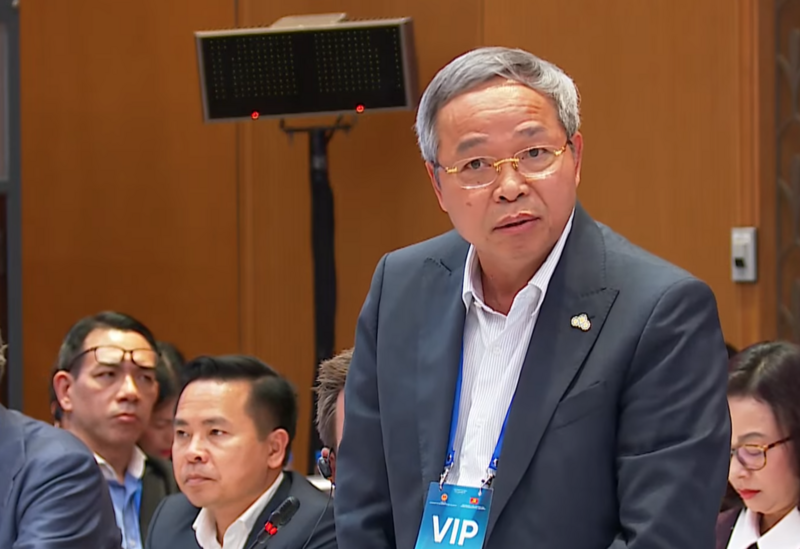
19:05 | 23/03/2025 11:17 | 17/12/2025Trade
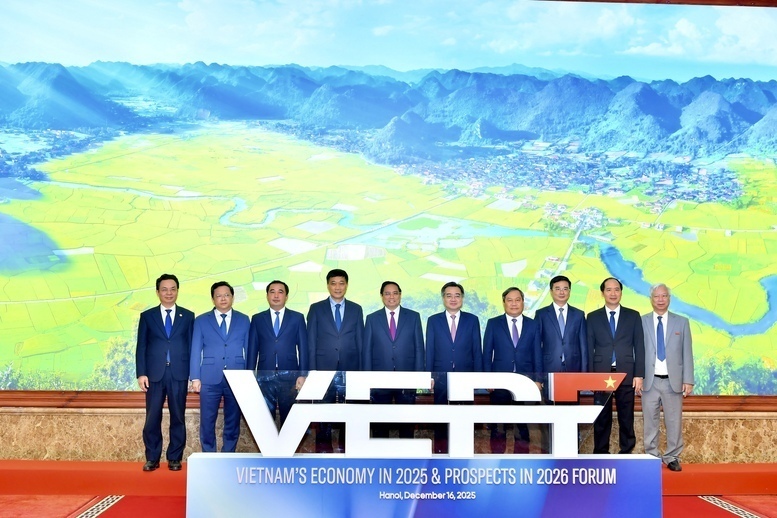
19:05 | 23/03/2025 09:50 | 17/12/2025Trade
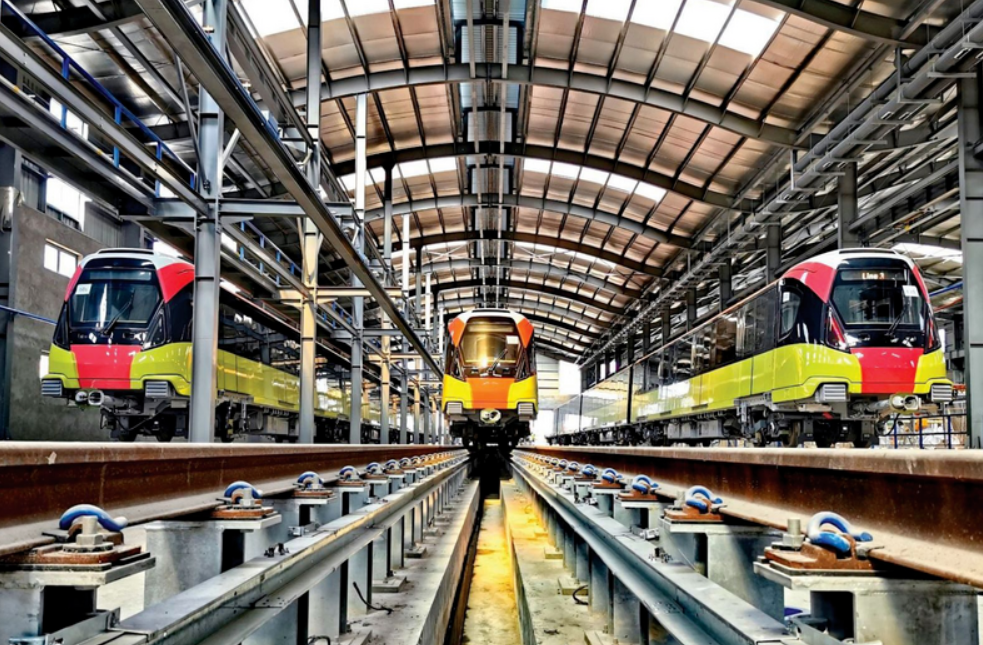
19:05 | 23/03/2025 20:46 | 16/12/2025Industry
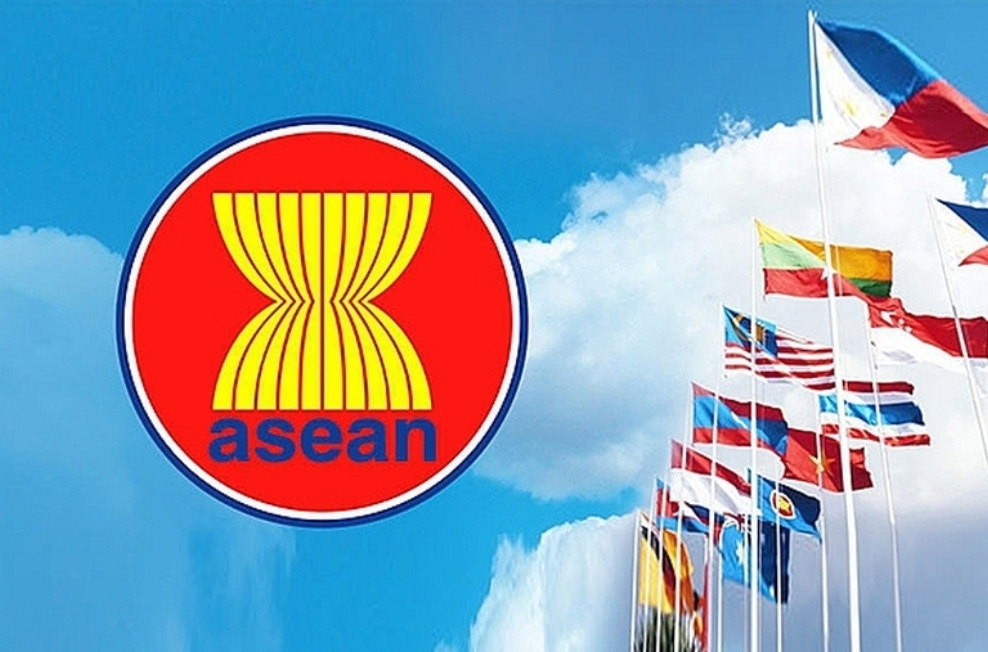
19:05 | 23/03/2025 20:41 | 16/12/2025News and Events